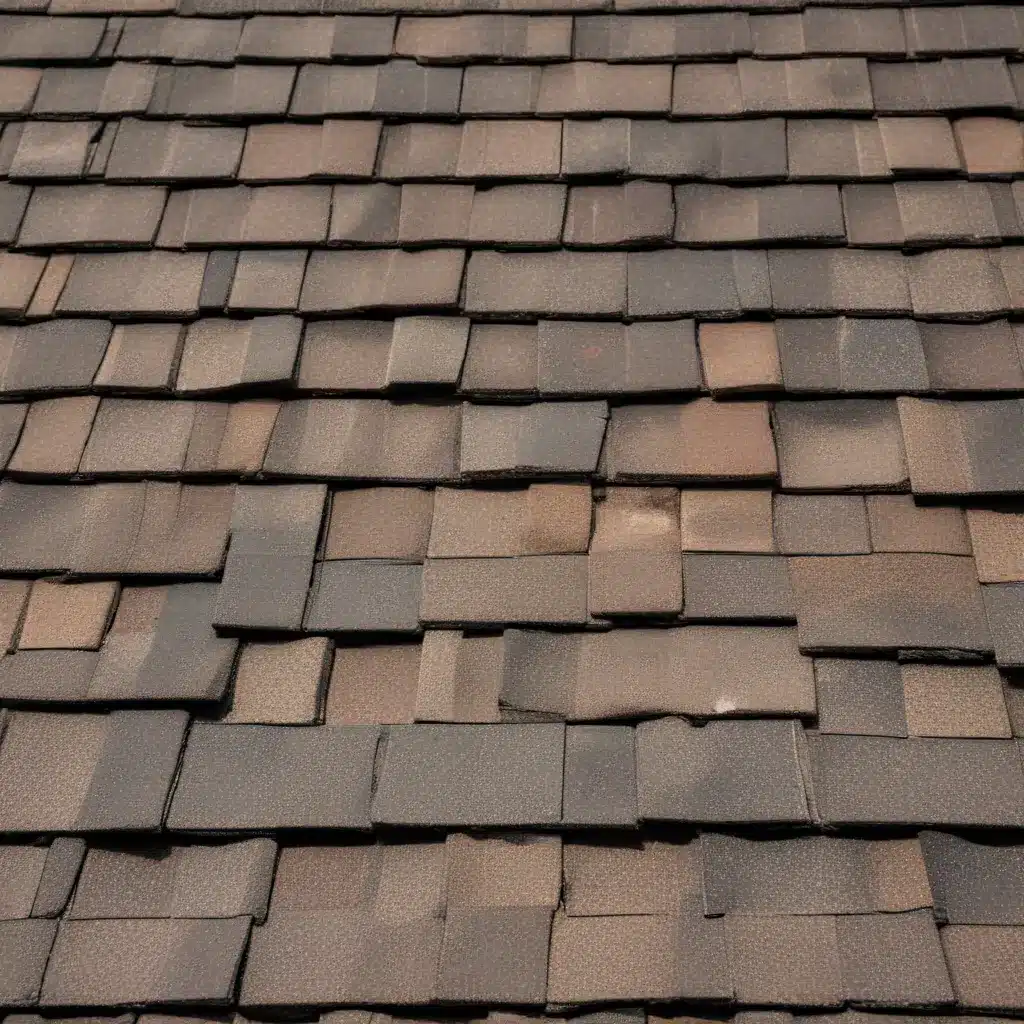
As a seasoned roofing professional, I understand the importance of preparing your roof for the unpredictable nature of severe weather. In regions prone to intense storms, safeguarding your home’s first line of defense – the roof – is crucial. In this comprehensive guide, we’ll explore practical steps to secure loose roof shingles and tiles before a storm strikes, ensuring your property is well-protected.
Identifying Vulnerable Areas of Your Roof
The edges and corners of your roof are typically more susceptible to storm damage, as they are exposed to the full force of high winds and driving rain. Take the time to carefully inspect these areas, looking for any loose, damaged, or missing shingles or tiles. Pay close attention to the condition of sealants around roof penetrations, such as vents, chimneys, and skylights, as these can be potential weak points during a storm.
During your inspection, also be on the lookout for signs of weathering, such as fading or cracking of the roofing materials. These indicators suggest that the material may be reaching the end of its lifespan and could be more vulnerable to storm-related damage.
Securing Loose Shingles and Tiles
If you find any loose shingles or tiles, it’s essential to address the issue promptly. Here are the steps to secure them:
Step 1: Remove and Replace Damaged Shingles or Tiles
Carefully remove any shingles or tiles that are cracked, curled, or missing. Make sure to dispose of them properly. Replace them with new, high-quality roofing materials that are compatible with your existing roof system.
Step 2: Properly Secure the Replacement Shingles or Tiles
Ensure that the replacement shingles or tiles are properly secured using the appropriate fasteners, such as roofing nails or roof tile adhesive. Follow the manufacturer’s instructions for the correct installation method to ensure a secure and long-lasting hold.
Step 3: Apply Sealant
After securing the new shingles or tiles, apply a high-quality sealant or roof adhesive around the edges to create a weatherproof barrier. This will help prevent water infiltration and further damage during the storm.
Step 4: Reinforce Vulnerable Areas
For areas of your roof that are particularly prone to damage, consider reinforcing them with additional layers of shingles or specialized roofing materials designed for high-wind regions. This can provide extra protection against the elements.
Preparing for the Storm
In addition to securing loose shingles and tiles, there are other steps you can take to prepare your roof for an impending storm:
Trim Overhanging Branches
Overhanging tree branches can scrape against your roof during a storm, causing damage to the shingles or tiles. Carefully trim any branches that are hanging too close to your home to prevent this from happening.
Clear Debris from Gutters and Downspouts
Ensure that your gutters and downspouts are free of debris, such as leaves, twigs, and other materials. Clogged drainage systems can lead to water buildup on your roof, increasing the risk of leaks and further damage.
Consider Installing Storm-Resistant Upgrades
If you live in an area prone to severe weather, consider upgrading your roof with impact-resistant shingles or tiles, hurricane clips, or a secondary water barrier. These specialized roofing solutions can provide an additional layer of protection against storm-related damage.
Monitoring and Maintenance
Even after taking preventive measures, it’s crucial to remain vigilant and monitor your roof for any signs of damage after the storm has passed. Conduct a thorough inspection and address any issues promptly to prevent further deterioration.
Regular roof maintenance, including biannual inspections and prompt repairs, can also help ensure your roof is in top condition and better prepared to withstand future storms. Remember, Roofers in Northampton are here to help you with all your roofing needs, from maintenance and repairs to full roof replacements.
By following these practical steps to secure loose roof shingles and tiles, you’ll be well on your way to protecting your home and safeguarding your investment. Remember, prevention is key when it comes to storm preparation, and a little effort now can go a long way in avoiding costly damages down the line.
Frequently Asked Questions
Q: What should I do if I notice loose shingles or tiles on my roof before a storm?
A: If you notice any loose shingles or tiles, it’s important to address the issue as soon as possible. Follow the steps outlined in this article to remove and replace the damaged materials, and be sure to secure them properly with the appropriate fasteners and sealant.
Q: How often should I have my roof inspected?
A: It’s recommended to have your roof inspected at least twice a year, especially before the start of storm seasons. Regular inspections can help identify potential issues and allow you to address them before they become more serious problems.
Q: Can I DIY the roof repair and maintenance process, or should I hire a professional?
A: While some simple roof maintenance tasks can be handled by a homeowner, more complex repairs or installations are best left to a professional roofing contractor. Experienced roofers have the expertise and tools to ensure the job is done correctly and safely. Consulting with a Roofers in Northampton professional can also provide valuable insights and recommendations for your specific roof.
Q: What are the benefits of upgrading to impact-resistant roofing materials?
A: Impact-resistant roofing materials, such as specialized shingles or tiles, are designed to withstand the impact of debris and hail during severe storms. These upgrades can provide an extra layer of protection for your roof, potentially reducing the risk of damage and the need for costly repairs. Additionally, some insurance companies may offer discounts for homes with impact-resistant roofing.
Q: How can I prepare my roof for an impending storm?
A: In addition to securing loose shingles and tiles, there are several other steps you can take to prepare your roof for an approaching storm. These include trimming overhanging branches, clearing debris from gutters and downspouts, and considering the installation of storm-resistant upgrades like hurricane clips or a secondary water barrier.

